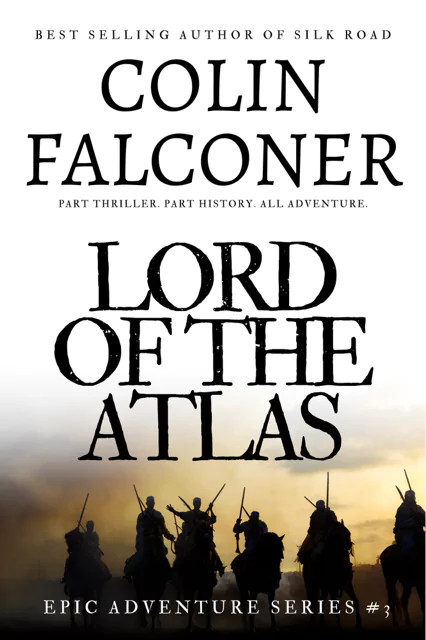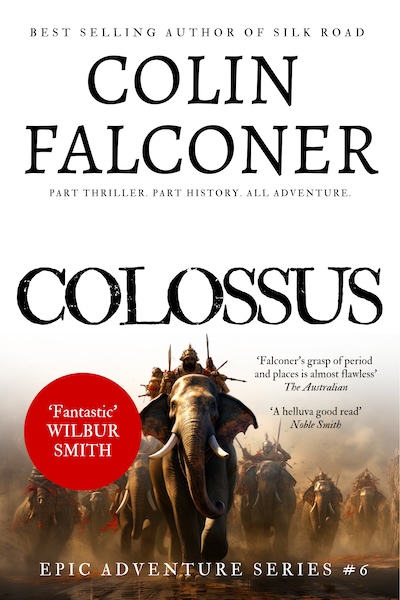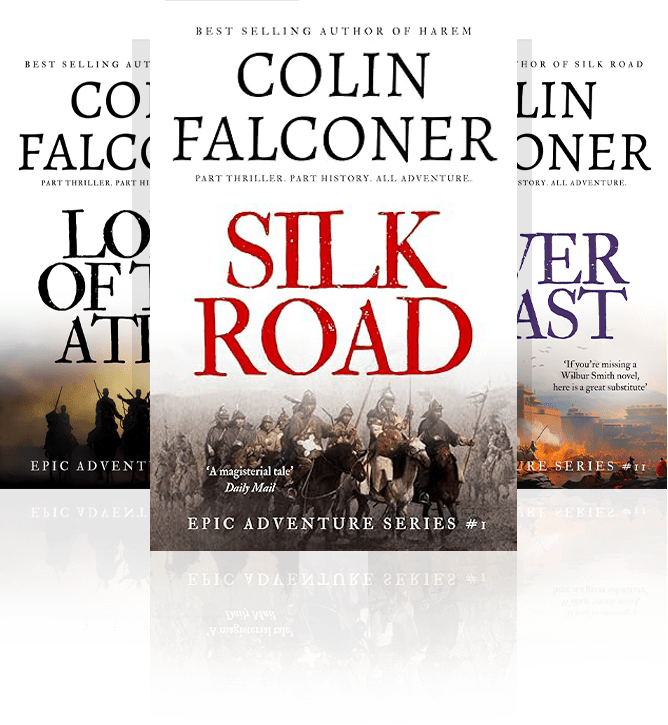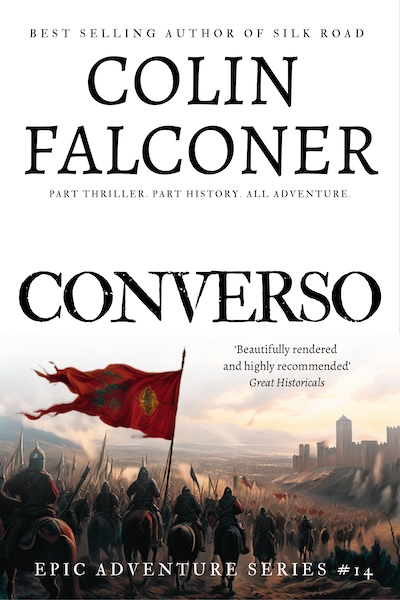The world beyond the Roman Empire
The journey made by Valerius from far western China to Rome was around 25,000km and took him almost two years. Researching this journey made Ends of the Earth the most challenging novel I’ve ever written.
The Roman Empire and the events of 53 to 44 BC are well documented. So is the battle of Carrhae, in what is now southeastern Turkey.
From there it was a little trickier.
The lost legion of Carrhae.
The 10,000 Romans who were taken prisoner at Carrhae were probably sent to the eastern borderlands of Parthia.
It would have been quite a march. Many of them wouldn’t have made it, despite Roman legionaries being renowned for their ability to cover massive distances on foot. If they were wounded and force marched during the summer, the casualty rate would have been very high.
It is possible they got as far as China.
After researching the possible scenarios, I imagined two stages.
First, they would ply their trade as mercenaries for the Xi ongnu.
Then they would be conscripted again into the Han forces in the ‘Western Protectorate’ in what is now Xiangjang, far western China.
In my novel, Valerius and his cohort escape. This is my dramatisation, since the real-life legionaries were never heard of again.
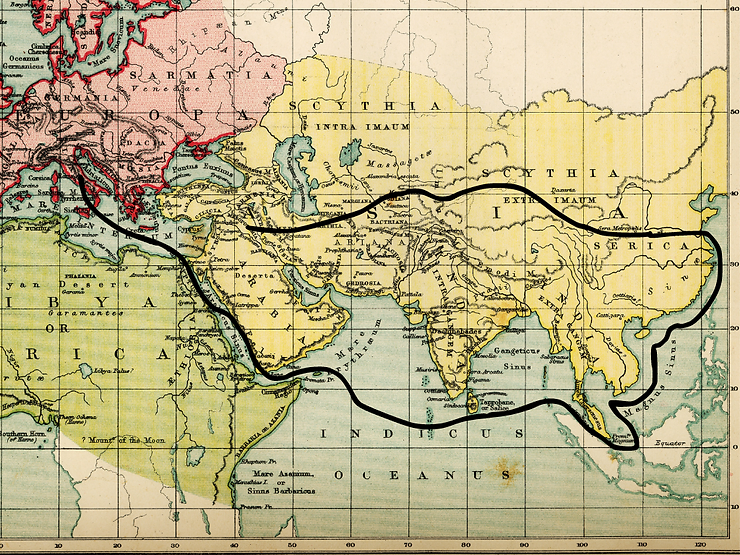
The maritime silk route.
Obviously, they couldn’t retrace their steps, so I researched other possible escape routes.
There were two: the shorter way was with one of the Sogdian caravans that traded between the Han Empire and the shores of the Caspian Sea. There was a Roman fort on the western side of the Caspian.
But I decided it would be more interesting if they travelled the maritime silk route: east, halfway down the Yellow River, south to what is now Hangzhou, and then to a port city known as Zaytun, now Quangzhou.
From there, they would cross five of the legendary Seven Seas.
I learned that, although contentious, some historians believe there was an established maritime route between China and the west before Christ, and that the Nabateans may have got that far.
The Nabateans were remarkable navigators.
Their lateen-rigged dhows were durable and able to use the trade winds to cross not only the Arabian Sea but the Indian Ocean as well.
The Nabatean Kingdom was a powerful Arab state, centred on what is now Jordan. It was at the far reaches of the Roman Empire and its capital was at Petra. Aila – now Aqaba – was its major port.
There was another thriving port on the Mekong delta called Óc Eo, known to the Greeks and Romans as Kattigara.
Óc Eo was part of the Kingdom of Funan to the south of the Han Empire.
My conjecture is that Arab traders got at least as far as here.
So, following this route, Valerius got home.
It was ambitious and fascinating research.
NEW RELEASE: From the bestselling author of Silk Road comes a brand-new sweeping action epic about the lost legion of Carrhae.
Set against a sprawling canvas of Parthia, the Han dynasty, the Seven Seas of ancient Arab traders, and Rome in the last days of the republic, Ends of the Earth is historical adventure on a breathtaking scale.
Available on Amazon in Kindle ebook, paperback and in Kindle Unlimited.

